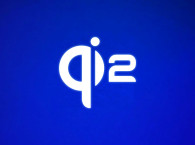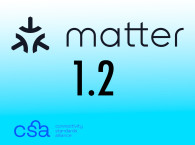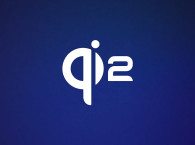
InfoComm 2016 welcomed more than 38,833 visitors, 4.8 percent more than the last time the show was held in Las Vegas, affirming its continued strength as the best-attended annual conference and exhibition for AV buyers and sellers in the Western Hemisphere. More than 35 percent of attendees were visiting InfoComm for the first time.
“This is a thriving, growing, busy industry - especially this time of year - and the fact that so many professionals continue to gather in one place, including new faces and dedicated InfoComm attendees, underscores the important role that the show plays in the success of their businesses and their careers," says David Labuskes, CTS, RCDD, Executive Director and CEO, InfoComm International.
“The AV industry’s commitment to advancing technology and showcasing it at InfoComm has never been stronger,” said Jason McGraw, CTS, CAE, Senior Vice President of Expositions, InfoComm International. “The market is constantly changing and we’ve been pleased to introduce new features at InfoComm, such as drones, the Internet of Things, and content creation and streaming, which reflect the dynamic nature of commercial AV. In all, 91 percent of space was rebooked for next year, demonstrating exhibitors’ strong commitment to the show.”
InfoComm continues to grow as a critical venue for professional development and certification. A record 252 attendees registered to take a Certified Technology Specialist exam during InfoComm 2016 and 186 received their certification. Certified professionals earned more than 30,000 renewal units toward maintaining their CTS credentials through continuing education.
Approximately one-third more unique attendees took InfoComm University training at InfoComm than in the past. The spike in training interest was driven in part by the 2,620 seminar and workshop packages sold. InfoComm 2016 was the first time attendees could pay one price and take any of more than 100 courses during exhibition days.
Many of InfoComm’s growing member councils met at the show. Year-to-date, InfoComm International has welcomed more than 750 new members in North America - double the rate of a year ago. Membership renewals in the first half of 2016 are up almost 40 percent compared to the same time in 2015. InfoComm membership in Europe has climbed 17 percent year-over-year, and overall membership outside the United States has grown 12 percent year-to-date. Up to 20 percent of InfoComm show attendees travel from outside North America to take part.
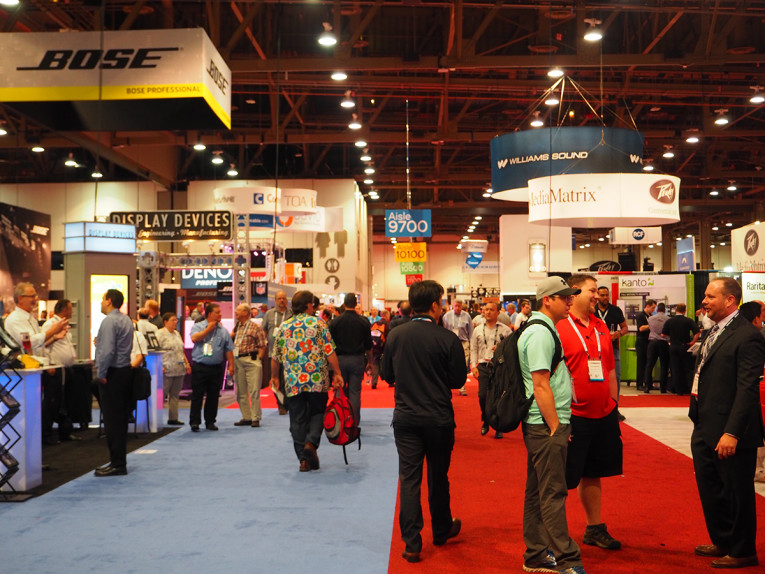
New Standard for Display Image Size
During InfoComm 2016, the trade association representing the commercial audiovisual industry worldwide, announced the release of a new standard for sizing displayed images for audiovisual systems: ANSI/INFOCOMM V202.01:2016, Display Image Size for 2D Content in Audiovisual Systems.
Display Image Size for 2D Content in Audiovisual Systems determines required display image size and relative viewing positions according to two defined viewing needs: basic decision making and analytical decision making. These two viewing categories are derived from ANSI/INFOCOMM 3M-2011 Projected Image System Contrast Ratio (PISCR). Image height, image resolution, and the size of image content are all prescriptive elements when determining required image size. The standard also addresses closest and farthest viewing distances, as well as relative horizontal and vertical viewer locations. It provides formulas to design and display content when encountering limitations in an environment. In addition to the standard, InfoComm will be providing a calculation/assessment tool on its website for determining proper display image size based on viewer needs.
“Until now, the AV industry has used guidelines that served their purpose in a different era, but whose provenance and basis could not be verified. The task group went back to basics and also referenced leading research and military standards,” explains Greg Jeffreys, Director of Visual Displays Ltd. and moderator for the standard task group. “As a designer and maker of large-screen displays, this standard will have a significant impact on my professional work. It will enable me to help clients to define what a good user experience comprises, and it gives me the tools and metrics to deliver just that.”
"Content has historically been a part of the design consideration for image size. Content description, however, has been vague and its interpretation has been up to the designer,” said Dick Tollberg, CTS-D, Senior Design Engineer for AVI-SPL and member of InfoComm’s Standards Steering Committee. “Before the standard, there was no way to quantify content in such a way that the designer could ensure that the image size was correct. The standard gives direction to the creators and presenters of the content, while allowing the designer to use familiar methods to determine the correct image size for a given room. If the designer and the content adhere to the standard, the designer can guarantee that the image size will be satisfactory for all room participants.”
“InfoComm's Standards Steering Committee saw the need to develop an accredited standard that would provide guidance for sizing displayed images, regardless of the technology being used,” said Ann Brigida, CTS, Director of Standards, InfoComm International. “Current best practices held up for many years, but the advent of increasing resolutions and technologies presented challenges to designers and integrators when they tried to apply old science to new scenarios. The task group worked tirelessly to make sure the standard is scalable and adaptable. We anticipate great interest in this topic from many markets, not just our industry.”To access the standard, visit www.infocomm.org/standards
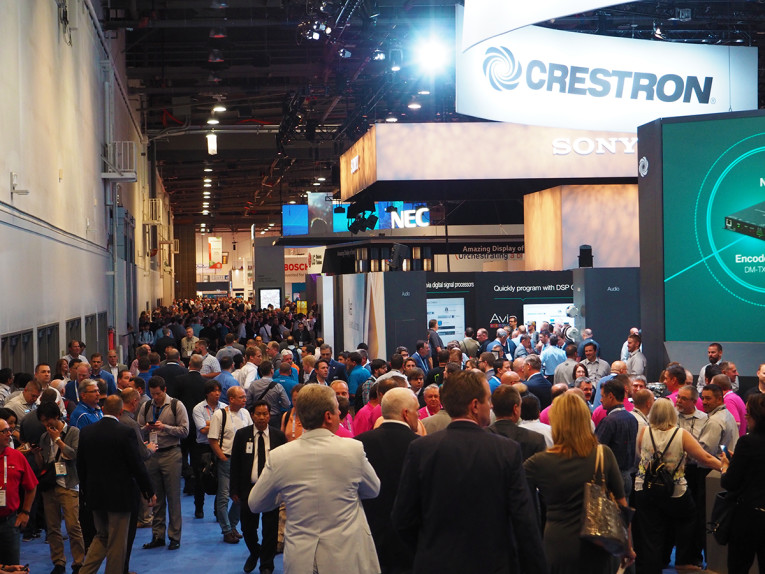
InfoComm is an ANSI Accredited Standards Developer (ASD). More than 700 industry volunteers support InfoComm's standards development, which has resulted in seven ANSI-certified standards, plus a joint standard with the Custom Electronic Design & Installation Association (CEDIA) and the Consumer Technology Association (CTA) governing the use of audio, video, and control architectural drawing symbols. InfoComm International maintains a Standards Steering Committee that provides oversight to the standards development task groups responsible for specific standards. The Standards Steering Committee is the consensus body that reports to the InfoComm International Board of Directors.
InfoComm 2017 will be held June 10-16, 2017, at the Orange County Convention Center in Orlando, FL.
www.infocomm.org




